My Favorite Place in Lebanon
My Favorite Place
There hadn’t been any mention of it in the guide book, but as the evening light colored the air a shade of warm orange and a refreshing breeze found its way through the gaps in the ramparts, I knew I had found my favorite place in Lebanon. The battered remains of Beaufort Castle still guard the mountain precipice 300 meteres above the rolling countryside below. Getting there had taken my friends and I off the beaten path, into an area that visitors often neglect to explore. Should you decide to find it however, the panoramic view will be unforgettable. “From the parapets, the whole of Lebanon was laid out below like an aerial photograph,” writes journalist and author Nicholas Blanford. In the stillness at the top of the castle tower I could see the contested Sheba Farms, Mount Hermon, the shimmering Mediterranean and even Israel’s Norther Galilee.
Location, Location, Location
So exceptional is the position that it has continued to remain a strategic military stronghold almost 1000 years since its construction. After the arrival of Prince Reynaud’s crusading knights in the early 11th century, the castle was transformed into the most important fortress of the south. During a pivotal battle with Saladin’s forces, Prince Reynaud was tricked into meeting the enemy on the battlefield for negotiations. His soldiers were then forced to watch from their garrisons as he was shackled and tortured before them. Throughout the crusades Beaufort repeatedly changed hands between Christian and Muslim armies, each time the walls were refortified only to be sieged again. The Knights Templars had briefly held the castle in the 13 hundreds, before it was stormed by the Mamlukes. At one point ownership paseed to Emir Fakhredin the second who used it as a safe house for his collection of treasures. Later, Ahmad Pasha al-Jazzar destroyed much of the upper defenses when he seized it during his bloody crackdown on shia rebellions in the 18th century. Battle after battle the castle endured until it eventually came to be used by Palestinian fighters at the dawn of the Lebanese Civil War. The guerrillas staged attacks from the mountain top vantage point, launching rockets across the southern border. Consequently, Beaufort began to attract heavy fire from the Israeli Defense Force and their allies. Acclaimed journalist Robert Fisk describes,”I had crouched in the corridors of Beaufort as Christian militia shells crashed around the castle walls. Armored men with swords had clanked down the stairwells here; now the steps were used by gunmen in grubby camouflage fatigues.”
War Never Changes
In 1982 Israeli F16’s bombed the castle ruins, driving the Palestinians out so that the IDF could take their turn to occupy the fortress. “The Israelis had bolstered Beaufort’s crumbling, weed-encrusted walls with reinforced concrete bunkers, accommodation blocs, machine gun nests, and bomb shelters,” says Blanford. From then on an increasingly powerful Hezbollah would frequently barrage the site with volleys of rocket and mortar fire. So many IED’s were planted against the Israelis that the winding, mountain approach became known as “bomb alley.” Finally, at the turn of the millennium Beaufort found peace following the Israeli withdrawal. In their retreat the Jewish army dynamited their entrenchments around the ancient castle, leaving the wreckage to be forgotten in time.
Beaufort
Upon arrival there are no ticket booths, armed guards, or lines to wait in; and if your lucky you just might have the whole fortress to yourselves. Toward the eastern cliff face there is a steel ramp that leads the way into the ruins. Once inside, visitors are free to explore the dark tunnels or scale the walls to the castle’s top. Twice now I’ve wandered through the crumbling interior, its arches bombed open and its bricks haphazardly scattered along the pathways. Although regrettable, its battle scars make for an alluring and fantastic crudeness that sets Beaufort apart from the numerous crusader castles of the Middle East. Perched atop the summit, and with the chirping of birds somewhere in the neighboring gorge, my friends and I acknowledged that it was at least, a beautiful place to wage a war.
This is whats left of the IDF’s entrenchments
Into the Castle
The Latini River Gorge
Open Wounds
Panorama from the castles’s base
To the Top
There are rumors of secret underground tunnels that lead all the way down to the river below. Is it possible that more of this huge castle is still undiscovered?
The Government is making slow progress in its efforts to restore the castle.
This communications tower marks the beginning of the Israeli/Palestinian territory
The Israeli soldiers who held up here can never legally return. In 2007 a film was made about the wartime experience (creatively named: Beaufort) and was nominated for an Academy Award.
For more information on Beaufort and its restoration visit this link:
Click to access grussenmeyer_yasmine_CIPA2003.pdf
Meanwhile, In Batroun…
At the opposite end of the country lies my friend’s favorite place. Fifty Kilometers north of Beirut is the costal town of Batroun, which has become famous, of all things, for its sweet and secretive lemonade recipes. We walked along the sleepy boulevards and narrow, stone-paved passages until we came to the sea side. There, in the swells of the Mediterranean, still stands a massive Phoenician wave breaker that has dutifully preserved its stretch of coast for the past 2,000 years. Between the misty balm of the salt water and the smooth rumble of the ocean, I was completely free from my sense of time.
Farewell Mel!


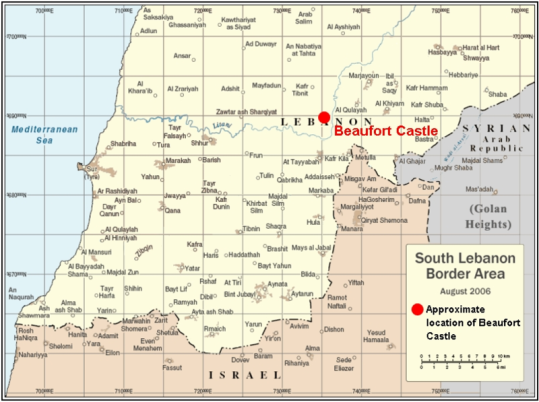


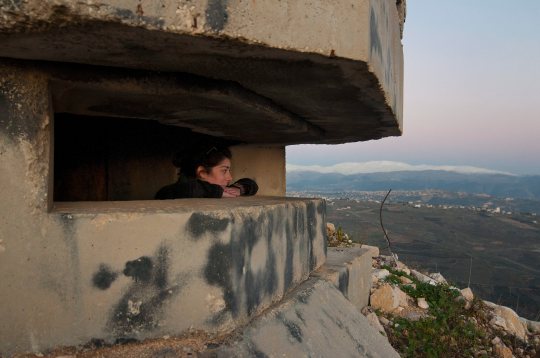
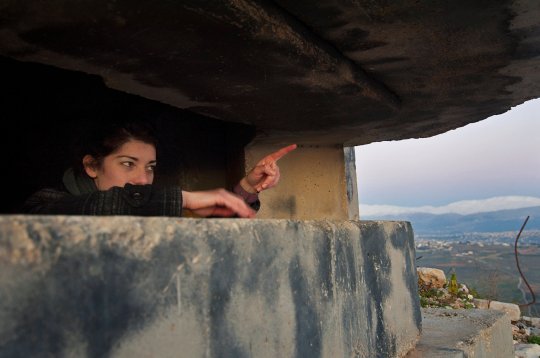








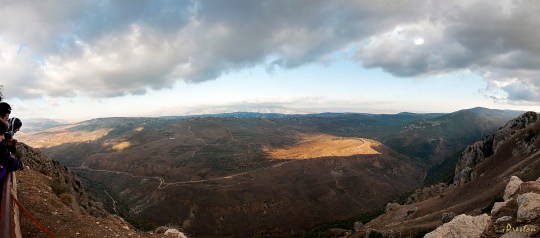



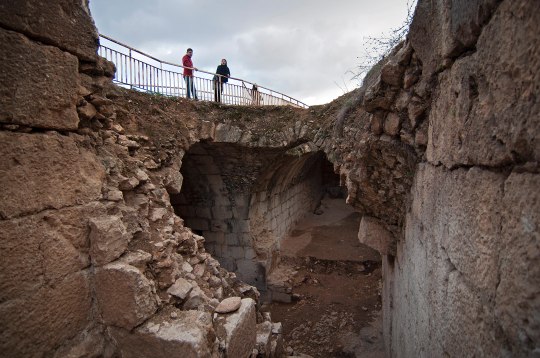

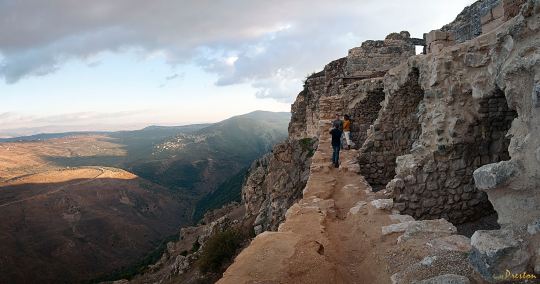



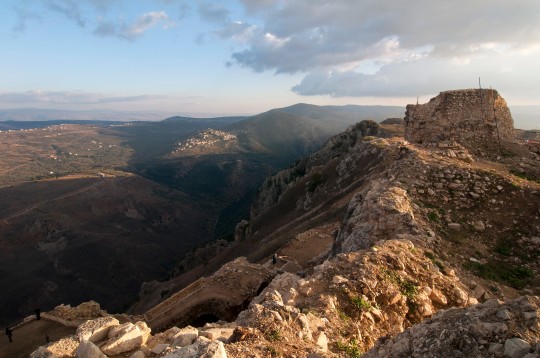







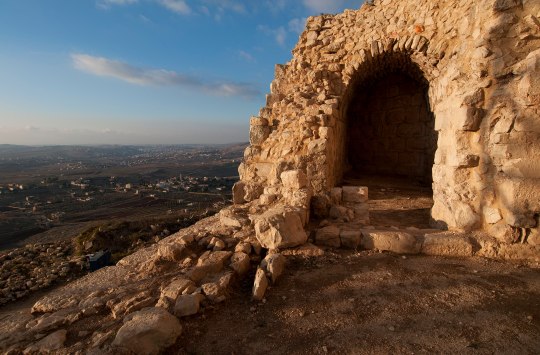

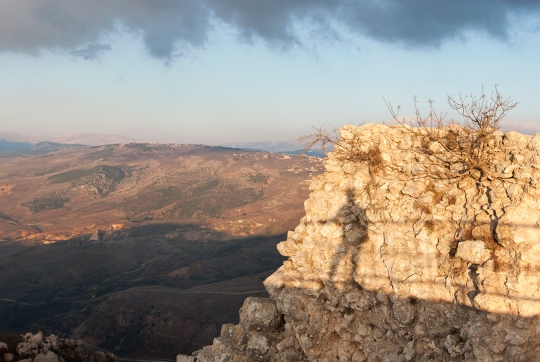



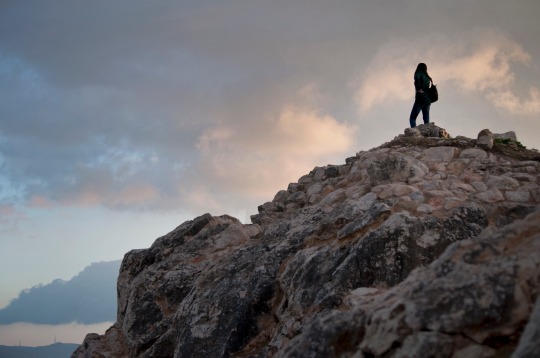
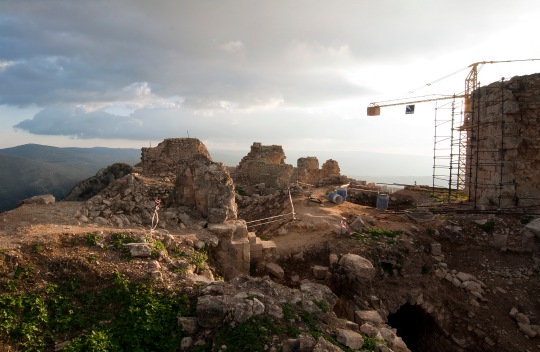















February 18, 2012 at 12:42 pm
Beautifully written! Great photos, and information! Thanks for sharing! I have to go check out the castle this summer!
February 18, 2012 at 1:10 pm
It looks so beautiful. I’ll have to go next weekend. How did you get there? Can you take a service?
February 18, 2012 at 1:48 pm
The weather should be cooperative next weekend so good idea! I took a bus from Cola to Saida, a bus to Nabatieh, and then a 15 minute cab ride to Beaufort. If you go in the evening then you may have some trouble finding a bus back from Nabatieh so I suggest just renting the taxi to take you back to Saida or Beirut. Good luck!
November 13, 2012 at 8:53 am
Hello. My name is Sandra Khalil and I am the editor of Lebanon Traveler magazine. We are doing an article about beaufort castle in the upcoming issue and I would like to add your experience to the article. Can you please send me your contact information at sandra@hospitalityservices.com.lb so I can give you more details. Appreciate your prompt response.
Best,
February 24, 2012 at 5:22 pm
thanks so much for all this information – i will be traveling with my family [wife and son 10 yrs old] on 13th march ’12 – hpe the climate should be better then.
September 19, 2012 at 2:27 am
These photographs of Beaufort are awesome! It makes me want to go there so bad… Although the castle has been severely damaged over time, it’s cool to see that they are obviously in the middle of a major repair project there. I’ve looked at a lot of photographs of Beaufort taken over the past few years, and it looks like they’ve really started to clean it up and re-point it.